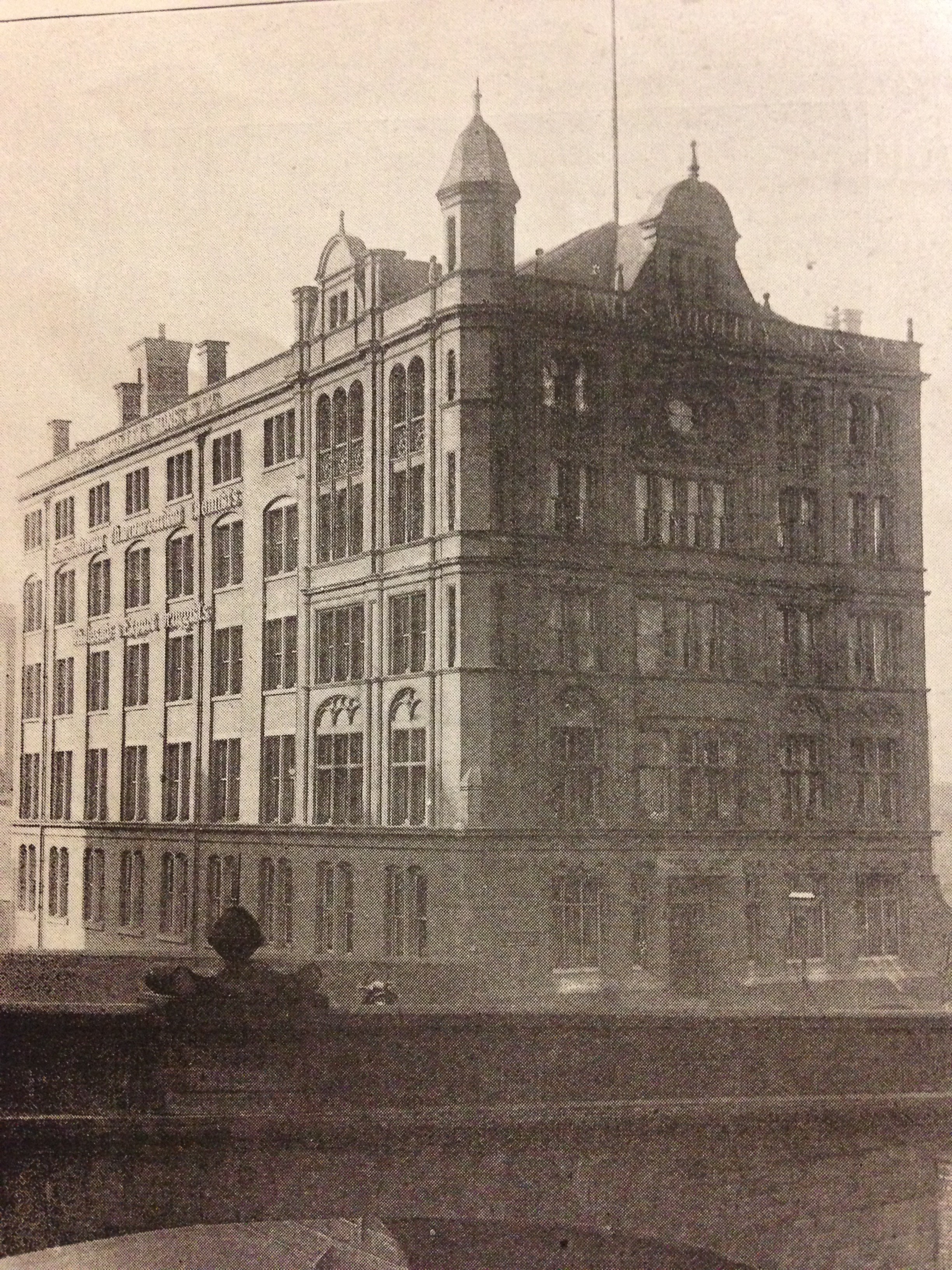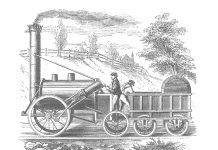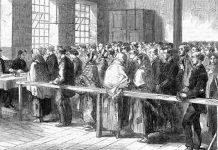In the last decades of the nineteenth century, James Wooley Sons and Co were one of the largest firms of wholesale and export chemists in the country.
Woolleys, as they became known, manufactured and sold a wide range of products, including tablets, pills and capsules of all types, surgical equipment and trusses, talcum powder, health cordials and photographic equipment.
The business had its origins back in 1796 but would develop under James Woolley Born in 1811, in Dukinfield and became a chemist under an apprenticeship from Samuel Dean in Manchester.
He opened a shop on King Street as a chemist and druggist in 1833 later buying the business of R.H. Hargreaves and moved to 69 Market St. In 1841, he was one of the first members of the new Pharmaceutical Society of Great Britain, later serving on the council. James died in 1858, his son George Stephen Wooley took over the business.
This is one of many stories about Greater Manchester’s Buildings, People and Places which will be appearing no on our sister site due to be launched in September along with our book About Manchester
In 1872, another brother, Harold Woolley, took over control of the scientific apparatus and surgical instrument departments.
By that year, the business had outgrown the already much expanded premises at Swan Court and the manufacture and drug laboratories were moved to Cheetham Hill.
The firm would diversify into camera equipment when in 1884, T. C. Twining joined the company in charge of the scientific instrument. He recommended to Woolley and Johnstone that the firm begin the sale of photographic equipment with the introduction of the dry plate.
A fire at the Market Street location and the ever expanding retail saw the decision to chose new premises, built from new at the foot of Victoria Bridge on the banks of the River Irwell, covering a thousand square yards of land.
Opened in 1892, across five floors, offices on the first, gas engine lifts, and fitted out in the most modern style of the age, it contained all the items required, a glass room where bottles and and jars were stored in immense quantities, between 500-600 wooden bins with the capacity to hold chemicals, gums, roots, bark and seeds up to fifty tons, another floor devoted to patent medicines, perfumery, medical supplies across six thousand square feet of shelving, the laboratories and a room for fitting surgical appliances.
On the ground floor stood the town and export department dealing with orders from local chemists as well as exports to around the world.
The Scientific instrument and photography department under Twining’s management grew by leaps and bounds. The firm introduced the Victoria Studio camera that proved to be very popular.
But the outbreak of the First World War would see the ending of the photographic side as the cameras were reliant on German shutters and lenses.
George Wooley died in 1927, leaving one of the largest drug and chemical establishments to his son Edward.
The firm continued to grow, manufacturing photographic studio equipment alongside its pharmaceutical side. In 1936 it took over J C Arnfield & Sons Ltd., a retail and wholesale chemist of Stockport,and after second world war expanded into manufacturing hospital furniture, lab and x-ray equipment becoming a public limited Company.
Eventually taken over in 1962 by British Drug Houses Group Ltd, Wooley’s became the Manchester operation for the firm of Vestric, formed by the later merger of their new owners and the name Wooley vanished for ever.







